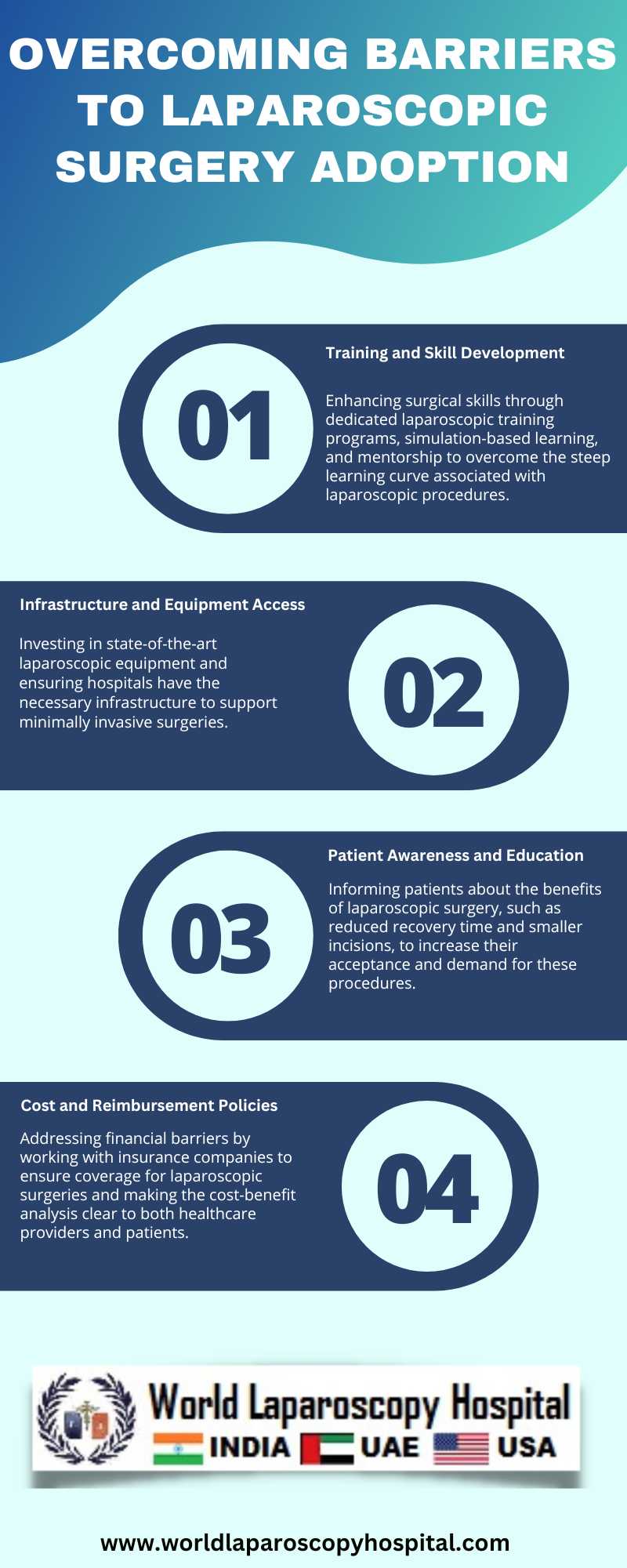
Firstly, the technological sophistication required for laparoscopic procedures presents a significant barrier. The equipment and instruments are not only expensive but also require regular maintenance and updating, which can be a substantial financial burden for healthcare facilities, particularly in resource-limited settings. Ensuring the availability of high-quality, reliable tools and the infrastructure to support their use is crucial for broader adoption.
Secondly, the steep learning curve associated with laparoscopic techniques is another major obstacle. Traditional surgical training has been focused on open procedures, and transitioning to a laparoscopic approach requires surgeons to develop a new set of skills, including hand-eye coordination and spatial awareness in a two-dimensional environment. This necessitates comprehensive training programs that are both time-consuming and resource-intensive.
Furthermore, the cost associated with laparoscopic procedures can be prohibitive. While the long-term benefits such as reduced hospital stays and faster return to work can offset initial costs, the upfront investment in equipment and training can deter healthcare facilities and practitioners from adopting this approach. Economic analyses and cost-benefit studies highlighting the long-term savings and improved patient outcomes can help in overcoming this barrier.
Cultural resistance within the medical community also plays a role. Surgeons who have spent years perfecting open surgical techniques may be reluctant to adopt new methods. This resistance can be compounded by concerns about the efficacy and safety of laparoscopic procedures, especially for complex cases. Building a culture that values innovation and continuous learning is essential for overcoming these attitudes. This involves not only educating current practitioners but also integrating laparoscopic techniques into the curriculum for medical students and residents.
Addressing these barriers requires a coordinated effort from various stakeholders, including healthcare institutions, educational bodies, policymakers, and the surgical community. Investments in technology and infrastructure, alongside comprehensive training programs, are key. Additionally, fostering a culture that encourages innovation and adaptation to new surgical techniques will be critical in overcoming resistance to change.
Conclusion
While the barriers to the adoption of laparoscopic surgery are significant, they are not insurmountable. Through strategic investments in technology and training, alongside efforts to shift cultural attitudes within the surgical community, the benefits of laparoscopic surgery can be made accessible to a wider population, ultimately improving patient care and outcomes.